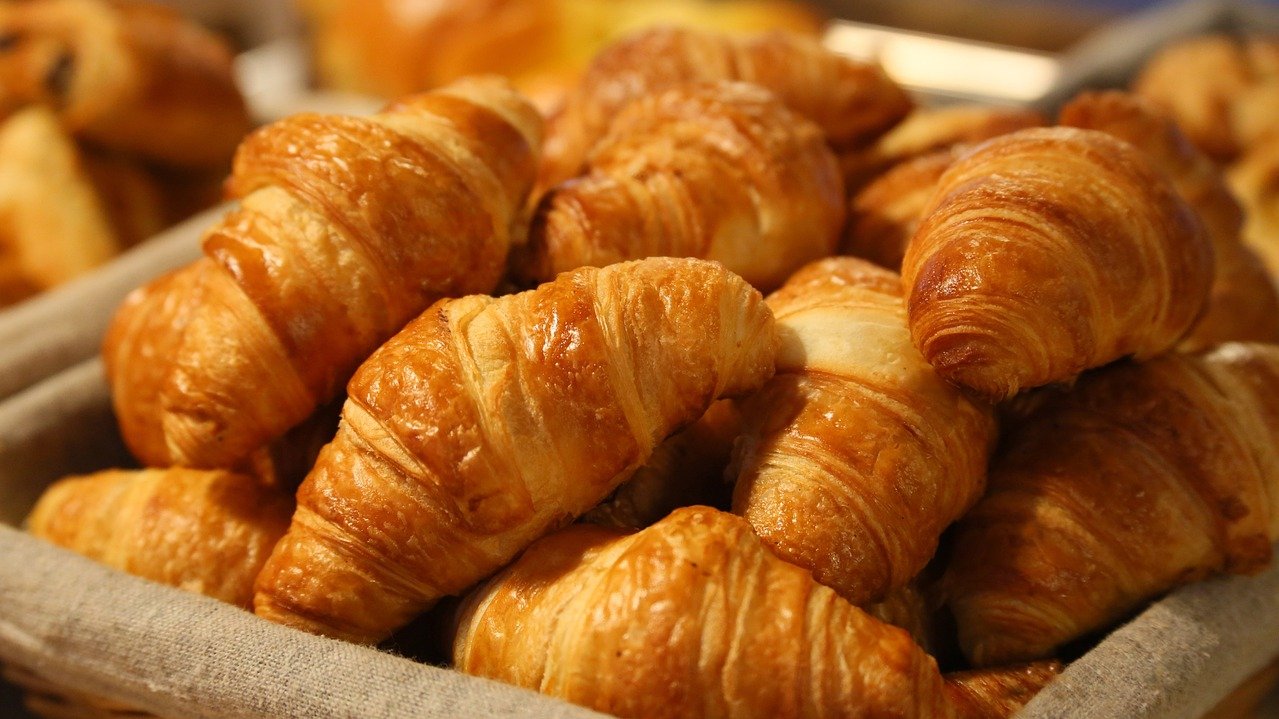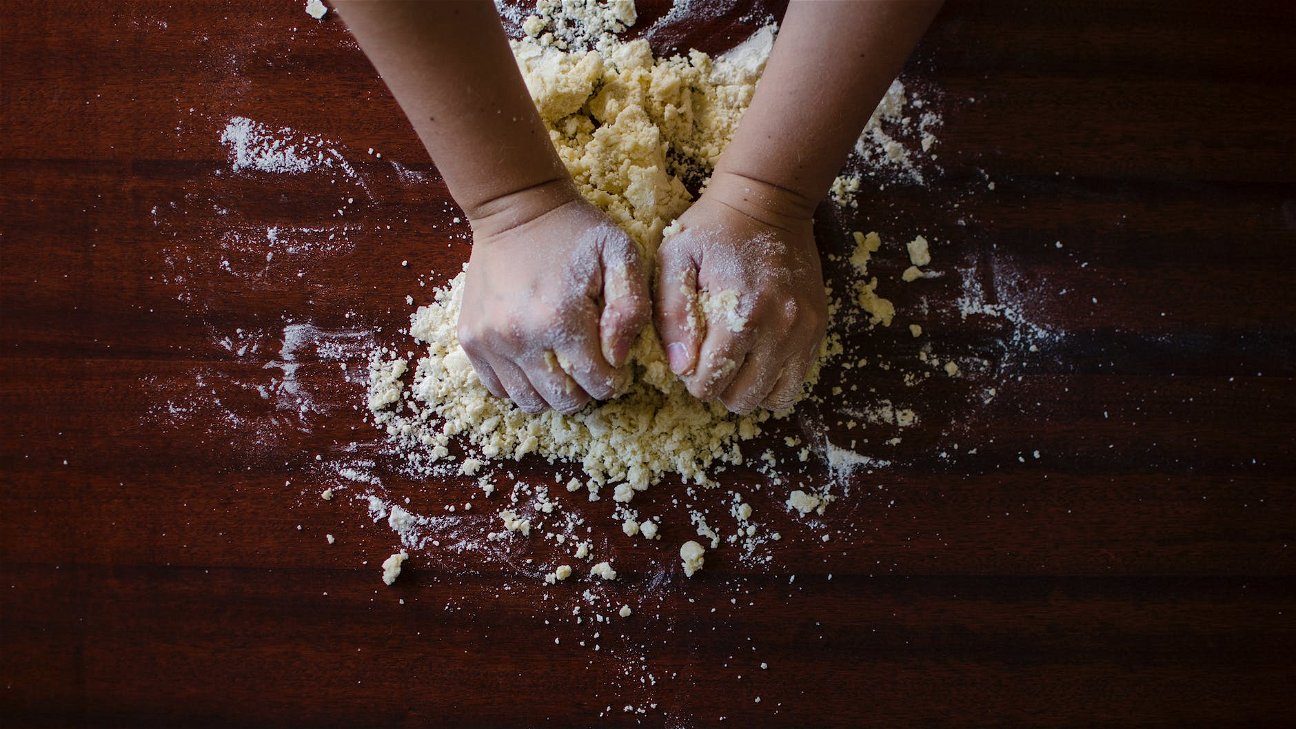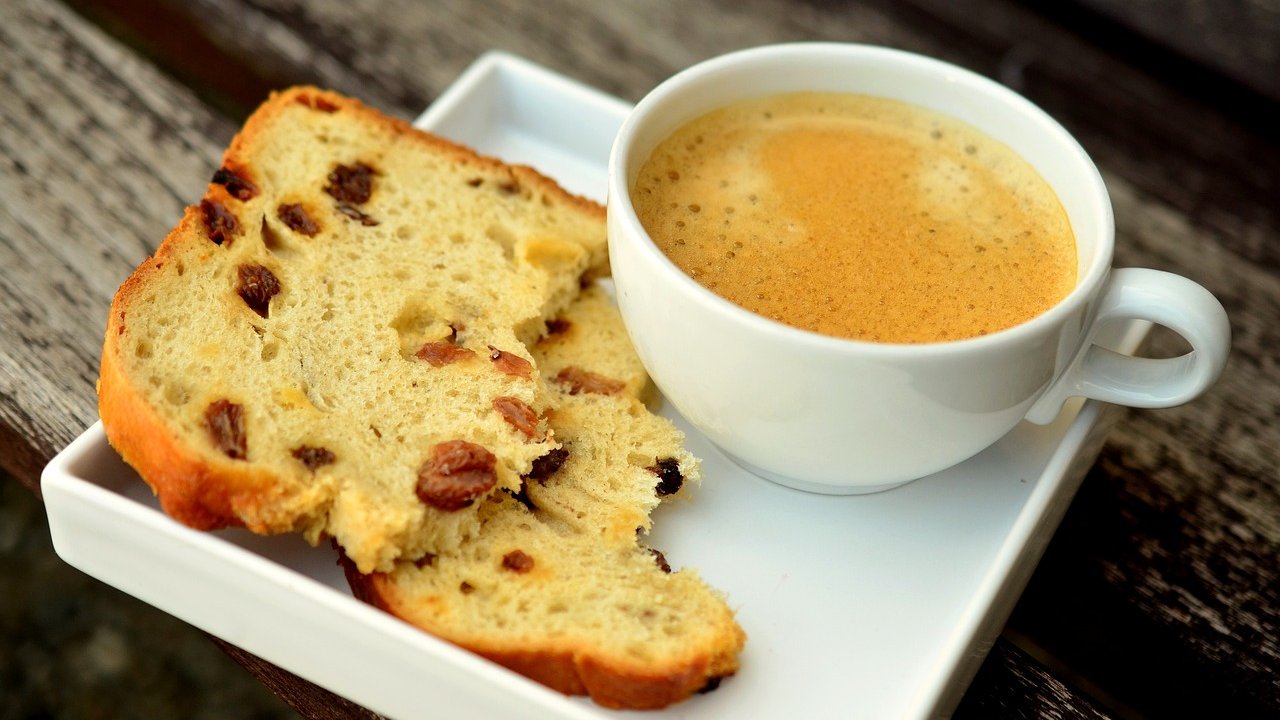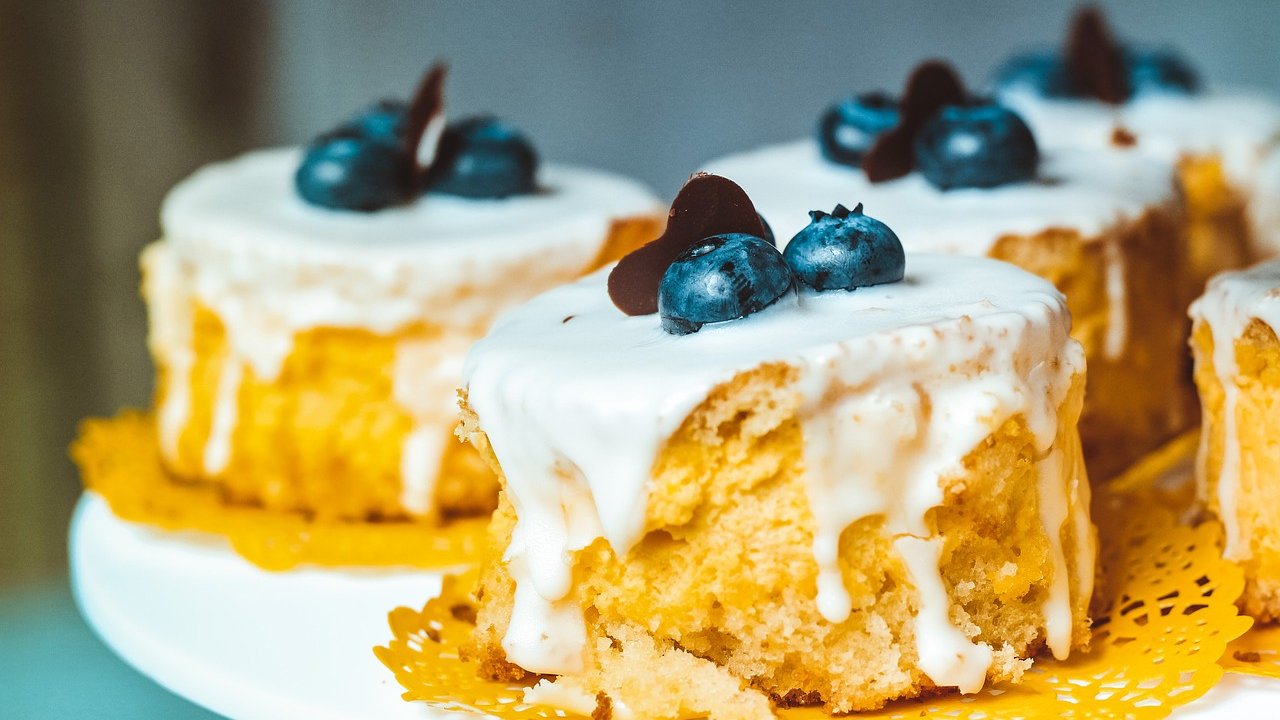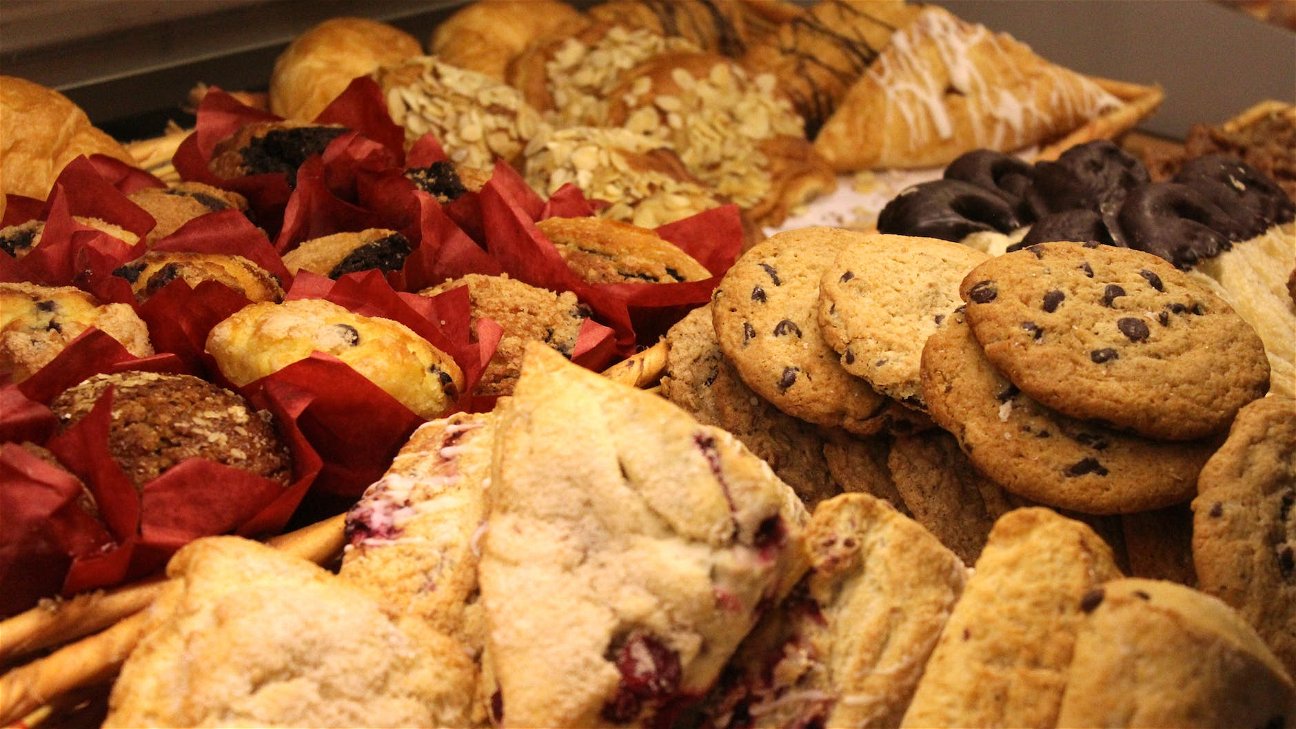
Butter is a key ingredient in many baked goods, providing richness, flavor, and structure. But did you know that there are several different types of butter that can affect the outcome of your baking? Let's dive into the world of butter and discover how to choose the right one for your baking recipes.
Different types of butter
Here are the main types of butter that you'll come across:
-
Unsalted butter: This is the most common type of butter used in baking. It allows you to control the salt level in your recipes. It's also often called 'sweet cream butter'.
-
Salted butter: Salted butter has salt added for flavor. It's often used on bread or for cooking but can also be used in baking if you adjust the salt in your recipe.
-
Cultured butter: Made from fermented cream, cultured butter has a tangy flavor. It's great for adding a complex taste to your baked goods.
-
Clarified butter or Ghee: Clarified butter has the milk solids removed, leaving only the fat. This gives it a higher smoke point, making it good for sautéing and frying. Ghee, a form of clarified butter, is often used in Indian cooking.
-
European butter: Higher in fat and lower in water than American butter, European butter brings a rich, creamy flavor to baked goods. It's a good choice for pastries and laminated doughs.
Baking with different butter types
The type of butter you choose can have a significant impact on your baking. Here are some things to consider:
-
Flavor: Salted and cultured butter bring a distinct flavor to your baked goods. If your recipe relies on the taste of the butter (like in shortbread or butter cookies), choose a butter with a flavor you enjoy.
-
Salt content: If you're using salted butter, remember to adjust the salt in your recipe. Too much salt can overpower the other flavors in your bake.
-
Water to fat ratio: Different butters have different water to fat ratios. American butter has more water than European butter, which can affect the texture of your baked goods. If your recipe calls for a specific type of butter, it's best to stick to it.
So, next time you're baking, remember that not all butter is created equal. Understanding the different types of butter and how they affect your baking can help you pick the right one for your recipe and create amazing baked goods.
Butter substitutes in baking
If you're out of butter or need a dairy-free option, there are several substitutes you can use in baking. Coconut oil, margarine, and shortening can all be used in place of butter in most recipes. However, they may change the flavor and texture of your baked goods, so experiment to see what works best for you.
In the end, baking is a science, and understanding the role of each ingredient, like butter, can help you become a better baker.



